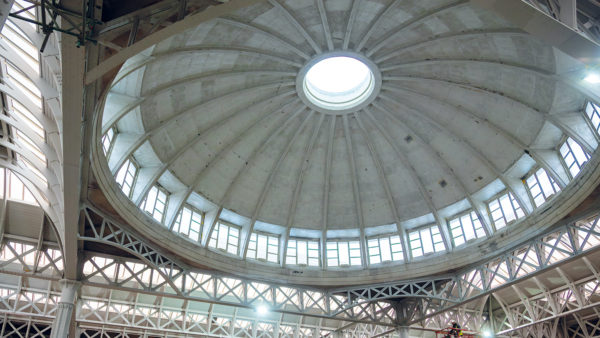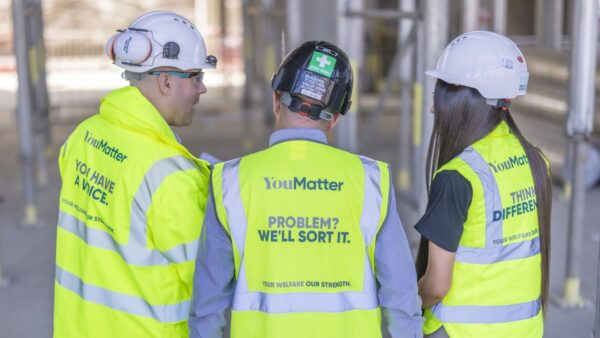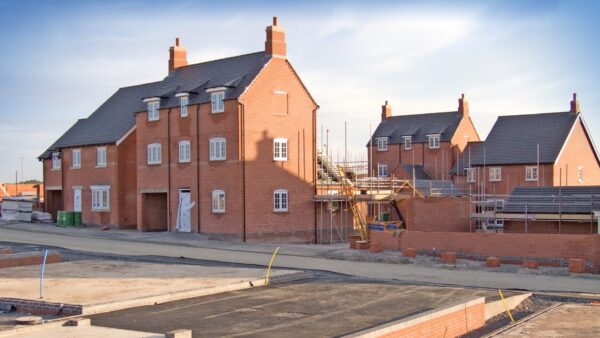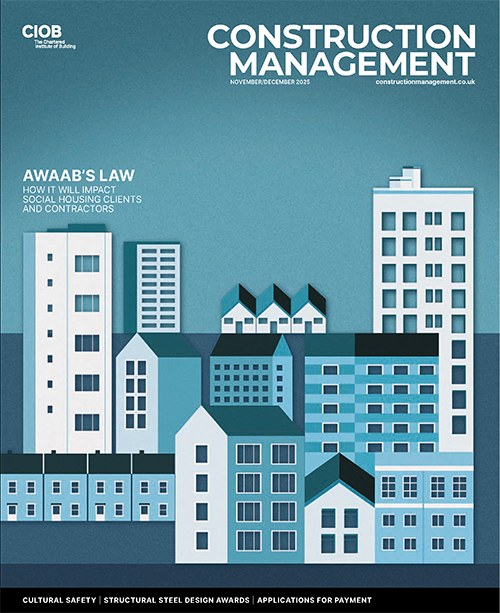Ahead of World Sustainability Day on 29 October, Mina Hasman writes why the built environment must use a common language to achieve climate targets.

When it comes to climate change, our industry has spent years talking about net zero. But how well do we truly understand the systems we are trying to fix? Carbon literacy is vital, yes, but climate and nature literacy will determine whether the built environment genuinely adapts to a rapidly changing world.
As chair of the Construction Industry Council’s (CIC) Climate Change Committee, I have seen how good intentions falter without a shared foundation of knowledge. Architects, engineers, contractors and clients face mounting expectations, from evolving UK sustainability standards to investor-driven ESG requirements. Yet the sector still faces a significant knowledge and skills gap. We are often still not speaking the same language when it comes to sustainability and resilience.
To transform at scale and pace, we must build a common understanding of the core principles underpinning climate action, linking carbon, nature, resources, people and systems thinking.
A common language for climate action
That is why one of our committee’s flagship efforts has been the Memorandum of Understanding for the Advancement of Climate & Nature Literacy in the Global Built Environment Sector (MoU).
Endorsed by CIC and supported by a growing global coalition, the MoU commits to equipping every professional and decision-maker with a foundational level of climate and nature literacy through a free online course developed by the Climate Framework initiative.
Covering six interlinked topics – human factors; circular economy; energy and carbon; water; ecology and biodiversity; and connectivity and transport – it offers a unified entry point to systems-based learning and a gateway to deeper training through participating institutions.
Why this matters now
The building and construction sector accounts for 34% of global CO2 emissions and consumes over 75% of the world’s natural resources. Yet many professionals still lack access to coherent, integrated education on adaptation, systems thinking and nature-based design.
In the UK alone, 350,000 additional workers will be needed by 2028 to deliver energy-efficiency upgrades, while half of today’s workforce requires retraining.
The MoU addresses this fragmentation by creating a shared framework for learning, a shared language and a shared purpose.
What needs to happen next
To meet climate goals, every professional body, organisation and decision-maker must take responsibility for advancing climate and nature literacy – not as an add-on, but as a professional and moral imperative.
Competence begins with knowledge. Knowledge provides the foundation and shared language through which professionals gain confidence, apply insight and refine expertise. A climate- and nature-literate profession is therefore not only better informed, but more capable, innovative and resilient.
Technology alone will not deliver a sustainable built environment: people will.
The CIC’s Climate Change Committee will continue to champion this agenda globally, including at COP30, where we will advance the conversation on accelerating international collaboration in climate and nature literacy.
Because we believe a climate-literate sector will lead the transformation toward a regenerative and equitable built environment for generations to come.
Mina Hasman is the chair of the Construction Industry Council’s Climate Change Committee.











